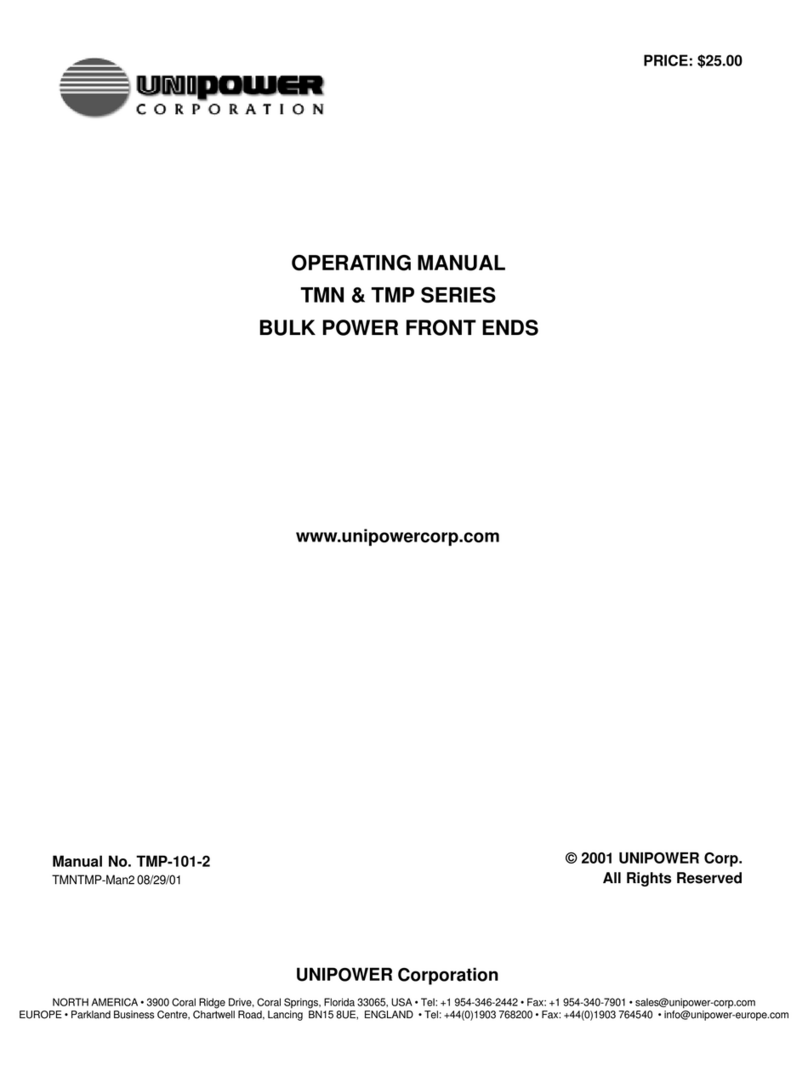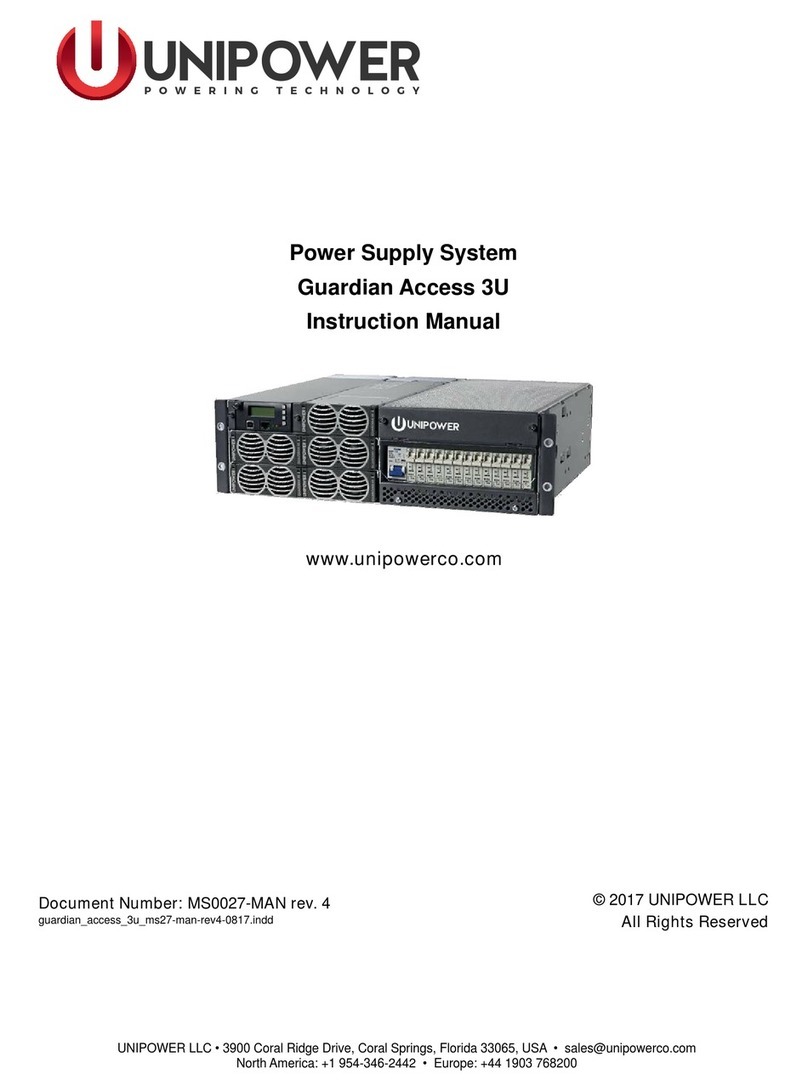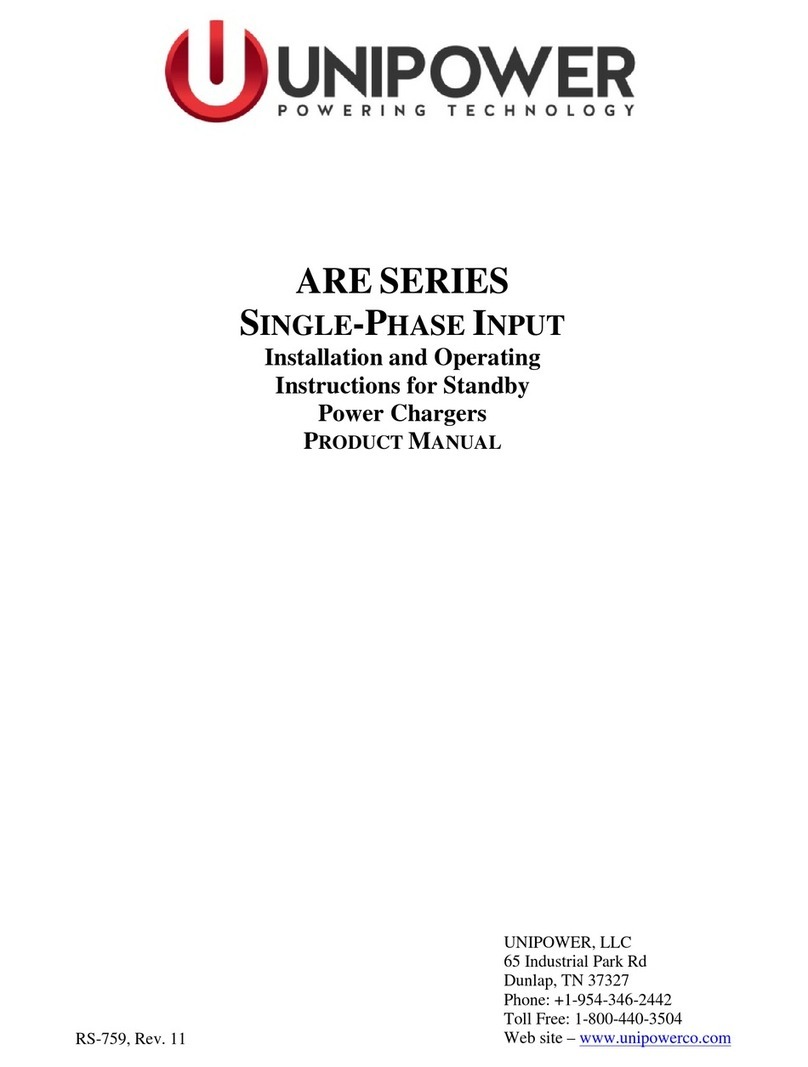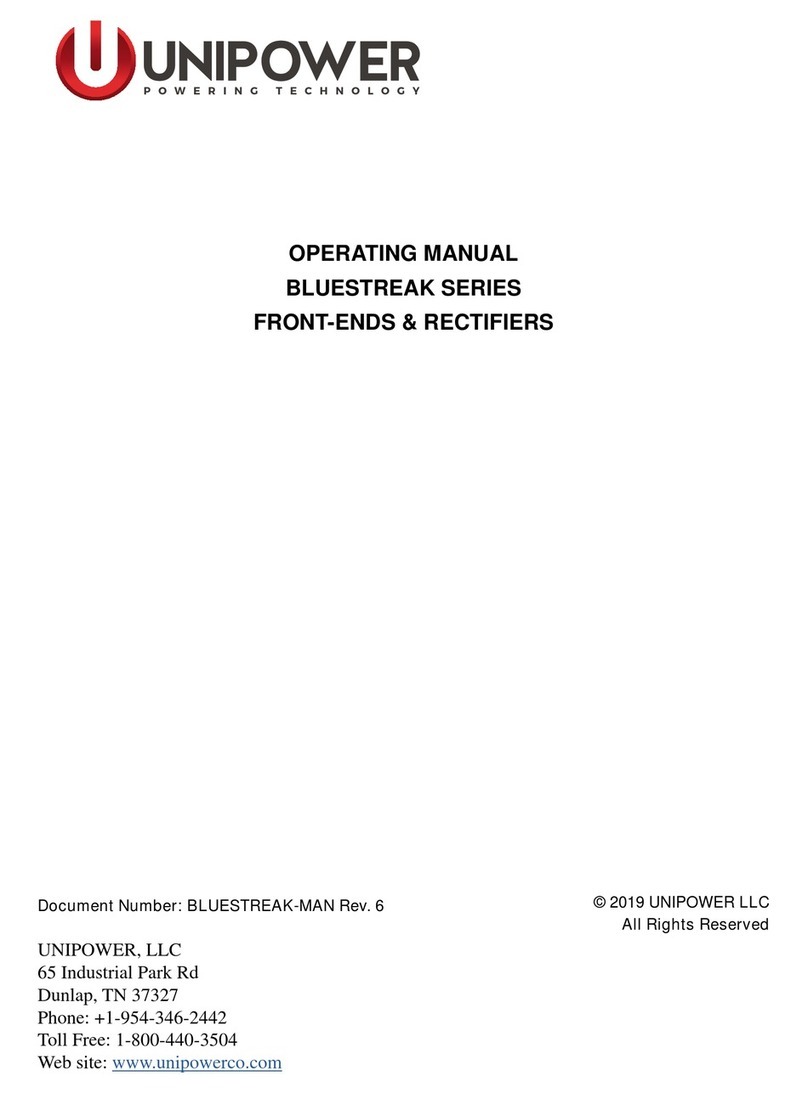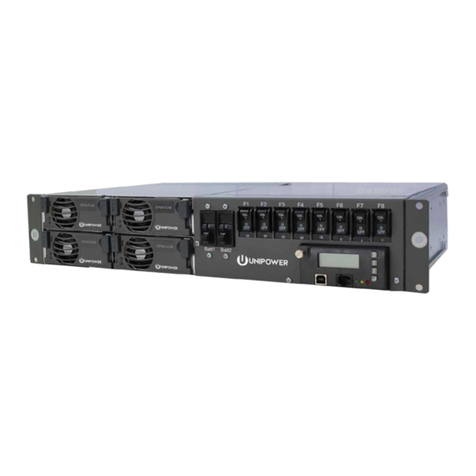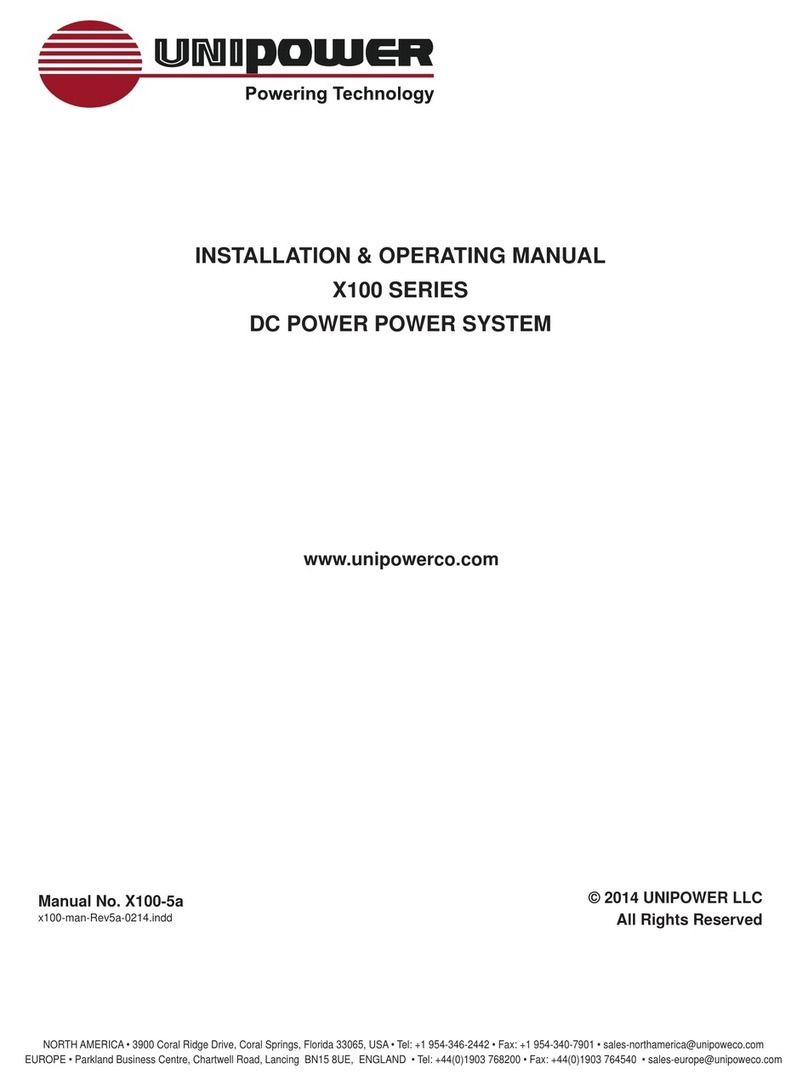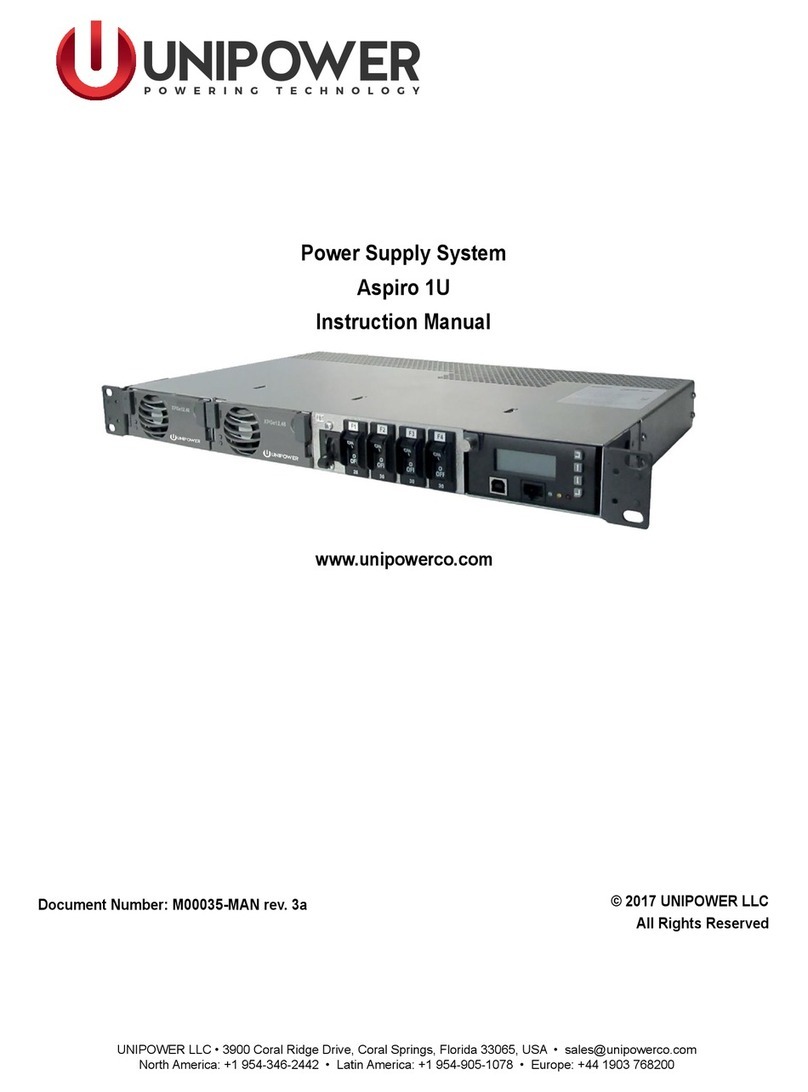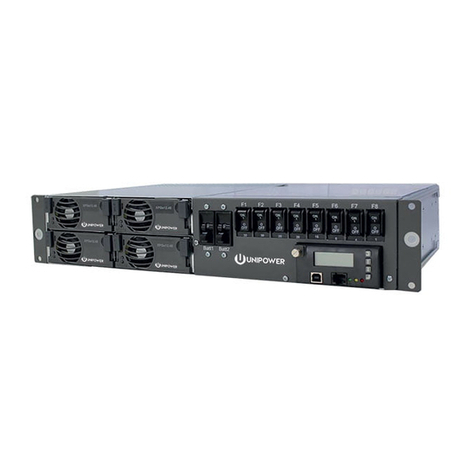
Page 4
Manual No. aspiro1u_ms22-1 aspiro1u_ms22-man-0915.indd
Chapter 4 Installation Guide ......................................................................................................20
4.1 Introduction..............................................................................................................................20
4.2 Unpacking................................................................................................................................20
4.3 Tools 20
4.4 Rack Mounting.........................................................................................................................20
4.5 Rear Connections.....................................................................................................................22
4.5.1 DC Earth Connection......................................................................................................22
4.5.2 Mains Connection...........................................................................................................23
4.5.3 Alarm and Signal Connections........................................................................................24
4.5.3.1 Cable Relief Kit ...........................................................................................................25
4.5.4 DC Load Connections.....................................................................................................26
4.5.4.1 Circuit Breaker Limitations .........................................................................................26
4.5.5 Battery Connections .......................................................................................................27
4.5.6 Symmetry Connection ....................................................................................................28
4.5.7 Temperature Sensor Connection.....................................................................................29
Chapter 5 Commissioning...........................................................................................................30
5.1 Commissioning Overview .......................................................................................................30
5.2 Tools and Test Equipment........................................................................................................30
5.2.1 Tools List.........................................................................................................................30
5.2.2 Test Equipment ...............................................................................................................30
5.3 Preparation...............................................................................................................................30
5.4 Commissioning procedure.......................................................................................................31
5.5 Test of output voltage...............................................................................................................32
5.5.1 Float charge (U1)............................................................................................................32
5.5.2 Adjustment of Float Charge, U1.....................................................................................32
5.5.3 Boost charging (U2) (if applicable)................................................................................32
5.6 Battery supervision ..................................................................................................................33
5.7 Battery test...............................................................................................................................33
5.8 Commissioning record.............................................................................................................34
Chapter 6 Maintenance & Troubleshooting..............................................................................35
6.1 Maintenance.............................................................................................................................35
6.2 Troubleshooting.......................................................................................................................35
Chapter 7 Replacing Modules.....................................................................................................39
7.1 Controller Replacement...........................................................................................................39
7.2 Rectier Replacement..............................................................................................................40
7.2.1 XR04.48 / XR08.48 Replacement ..................................................................................40
7.2.2 XPGe12.48 Replacement................................................................................................40
7.3 Breaker Replacement...............................................................................................................41
Appendix A - Block Diagram......................................................................................................42
